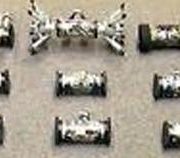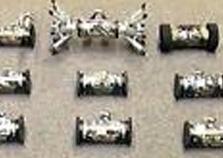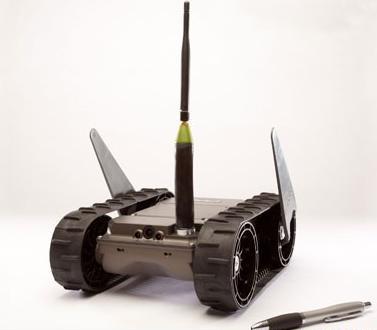 What was the buzz at AUVSI North America conference, besides the UAVs being demonstrated? I talked to many, many people at the show, trying to glean information for future blog postings as well as newsletters. It’s hard to generalize, but I did notice certain topics being frequently discussed on the exhibitor’s floor. For the purpose of this blog post I am excluding conversations at the seminars.
What was the buzz at AUVSI North America conference, besides the UAVs being demonstrated? I talked to many, many people at the show, trying to glean information for future blog postings as well as newsletters. It’s hard to generalize, but I did notice certain topics being frequently discussed on the exhibitor’s floor. For the purpose of this blog post I am excluding conversations at the seminars.
What happens in Las Vegas, stays permanently on your work record
A number of people commented that this year’s attendance and exhibits were smaller than last year’s (I don’t know if this is true; this is my first show). I heard a rumor that the GSA scandal that occurred a few months back made Las Vegas a questionable destination for some participants. Read more










 “DoD will manage the force in ways that protect its ability to regenerate capabilities that might be needed to meet future, unforeseen demands, maintaining intellectual capital and rank structure that could be called upon to expand key elements of the force.”
“DoD will manage the force in ways that protect its ability to regenerate capabilities that might be needed to meet future, unforeseen demands, maintaining intellectual capital and rank structure that could be called upon to expand key elements of the force.”
 As reported previously in this
As reported previously in this 




 Recently, some clients asked AMREL to build an Operator Control Unit (OCU) for their Unmanned Ground Vehicle. No surprise there; we dominate that particular application. What was noteworthy was the specific form factor that they requested. They wanted it to be a wearable computer, worn on the wrist.
Recently, some clients asked AMREL to build an Operator Control Unit (OCU) for their Unmanned Ground Vehicle. No surprise there; we dominate that particular application. What was noteworthy was the specific form factor that they requested. They wanted it to be a wearable computer, worn on the wrist.